Karte des Weges
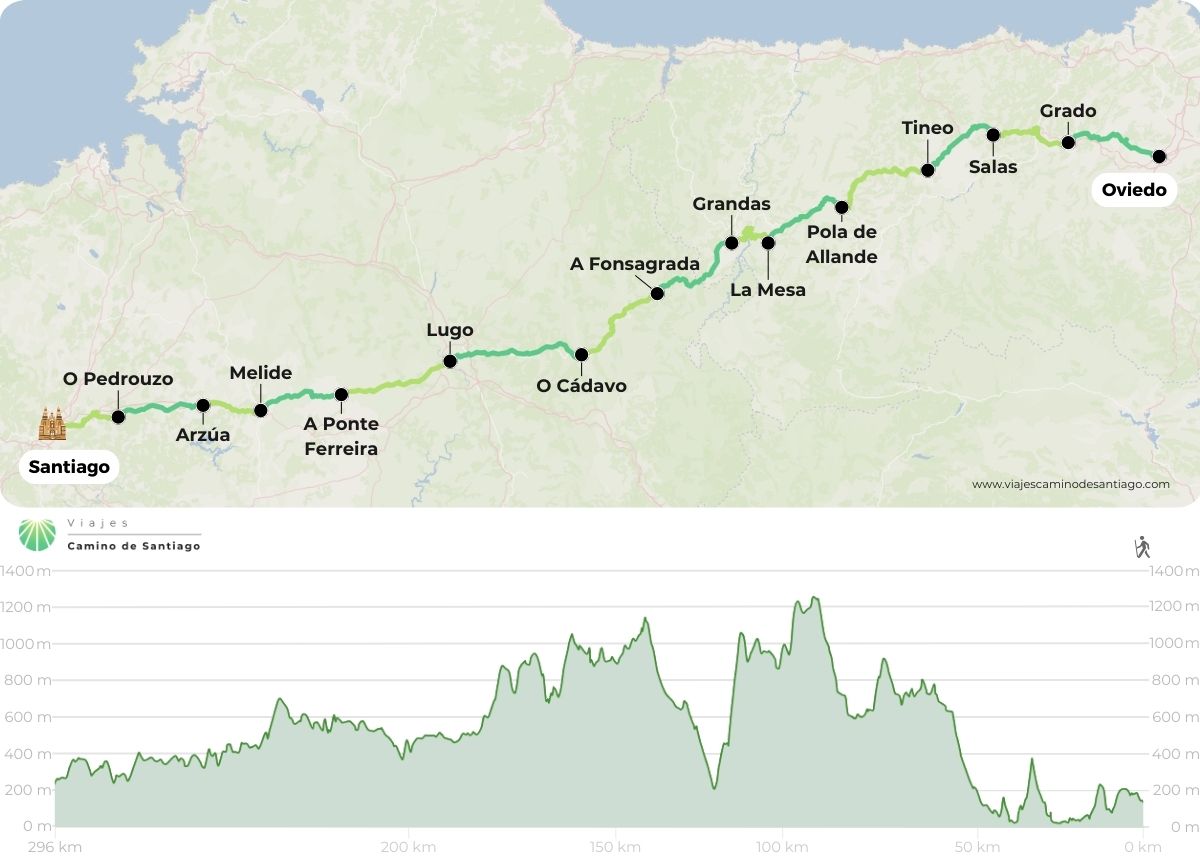
Etappen von Urweg von Oviedo nach Santiago de Compostela
Preise der Unterkunft
Albergues Privados
655 €
Hostales y Pensiones
1095 €
Arten von Unterkünften
In Hotels, Pensionen und Landhäusern von Oviedo
In privaten Herbergen von Oviedo
Deinzelheiten der Urweg von Oviedo nach Santiago de Compostela
Inklusive dienstleistungen
Fakultative dienste
| Servicio | In privaten Herbergen von Oviedo | In Hotels, Pensionen und Landhäusern von Oviedo |
|---|---|---|
| Nicht verfügbar | 143€ pro Person | |
| Nicht verfügbar | 380€ pro Person | |
| Nicht verfügbar | 390€ per pro Einzelzimmer | |
| 28€ pro Person | 95€ (Einzelzimmer) / 150€ (Doppelzimmer) |
| Frühstück | ||
|---|---|---|
| In privaten Herbergen von Oviedo | Nicht verfügbar | |
| In Hotels, Pensionen und Landhäusern von Oviedo | 143€ pro Person | |
| Halbpension (Frühstück und Abendessen) | ||
| In privaten Herbergen von Oviedo | Nicht verfügbar | |
| In Hotels, Pensionen und Landhäusern von Oviedo | 380€ pro Person | |
| Zuschlag für Einzelzimmer | ||
| In privaten Herbergen von Oviedo | Nicht verfügbar | |
| In Hotels, Pensionen und Landhäusern von Oviedo | 390€ per pro Einzelzimmer | |
| Extra Nacht | ||
| In privaten Herbergen von Oviedo | 28€ pro Person | |
| In Hotels, Pensionen und Landhäusern von Oviedo | 95€ (Einzelzimmer) / 150€ (Doppelzimmer) | |
Fotos
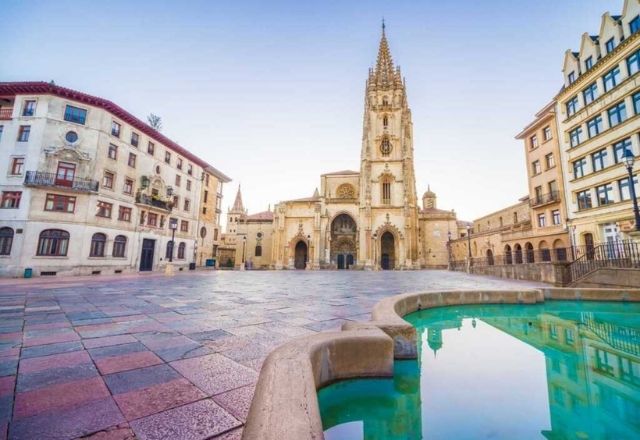
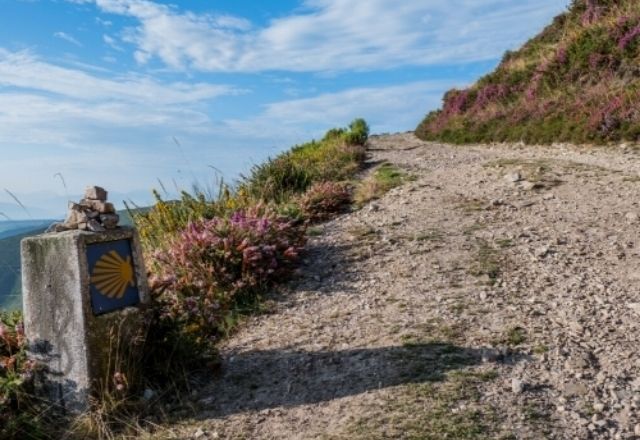
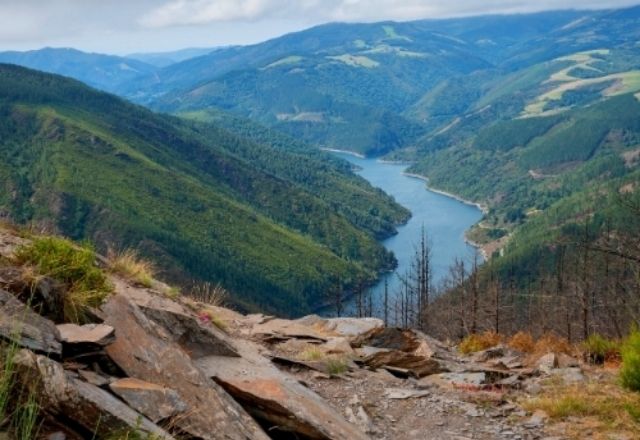
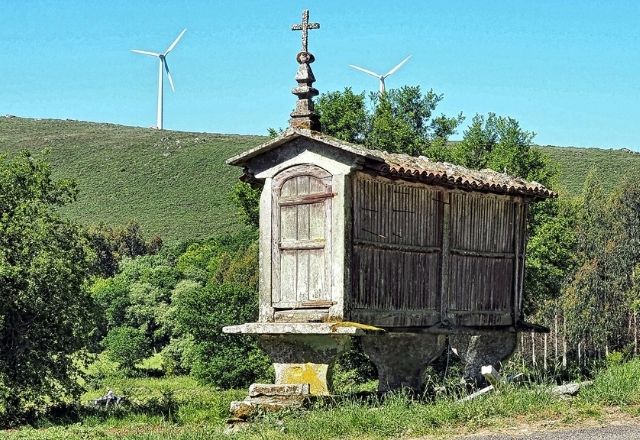
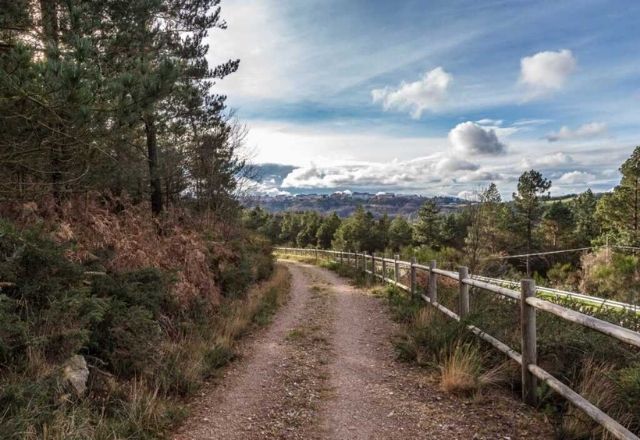
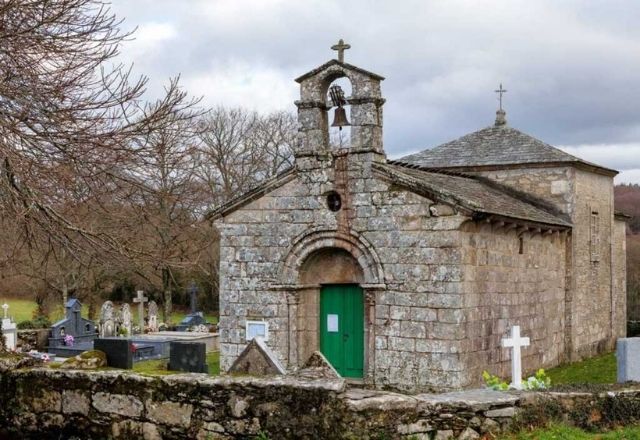


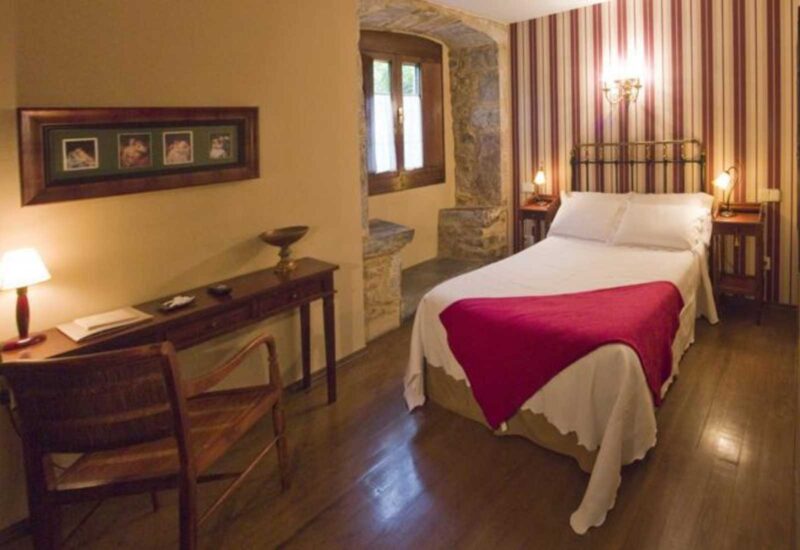
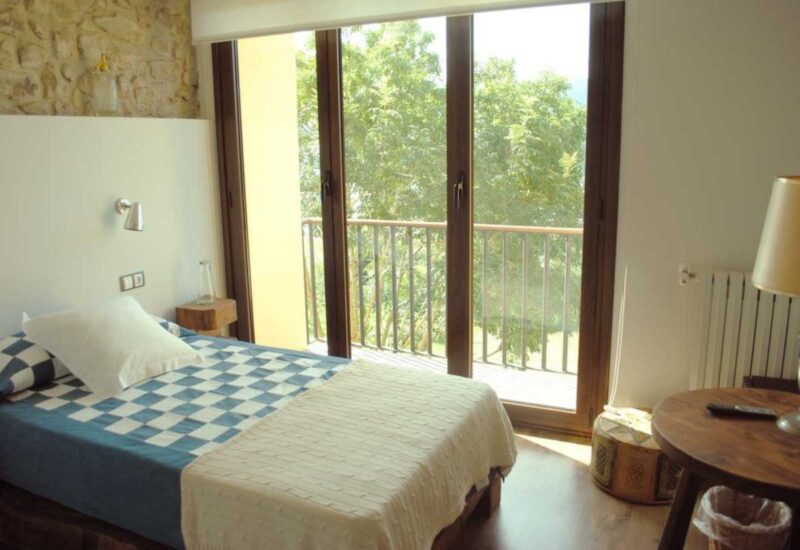
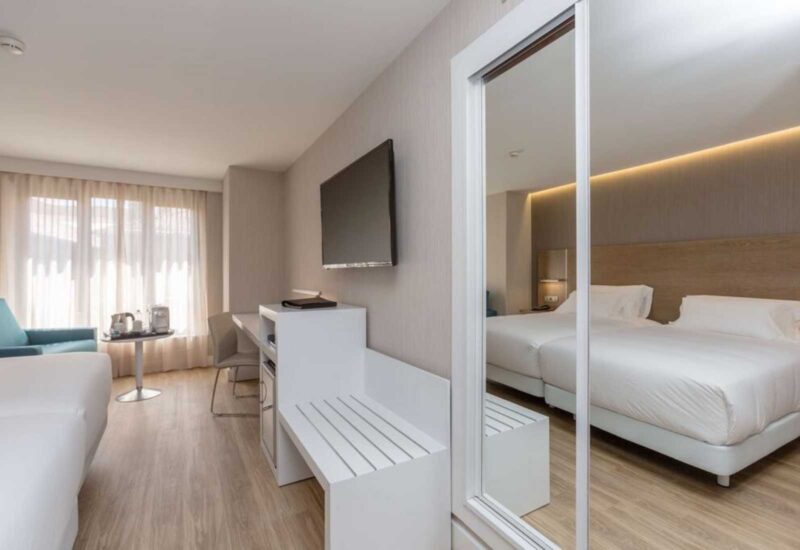
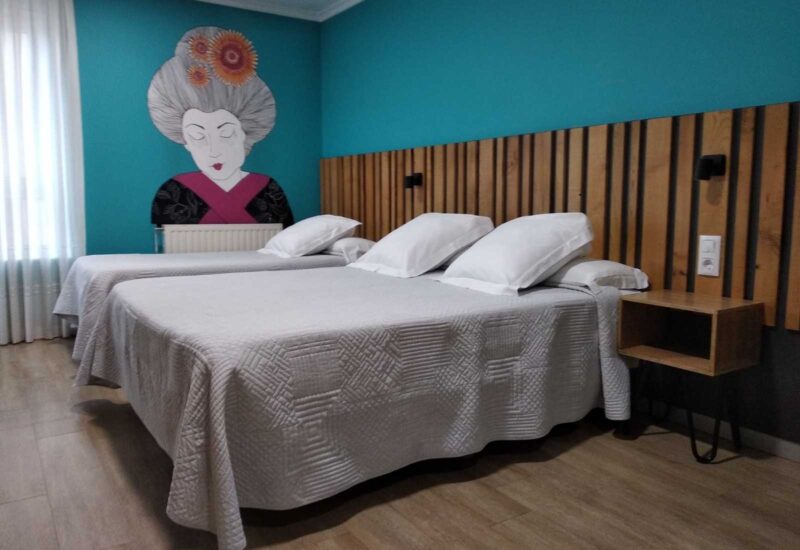
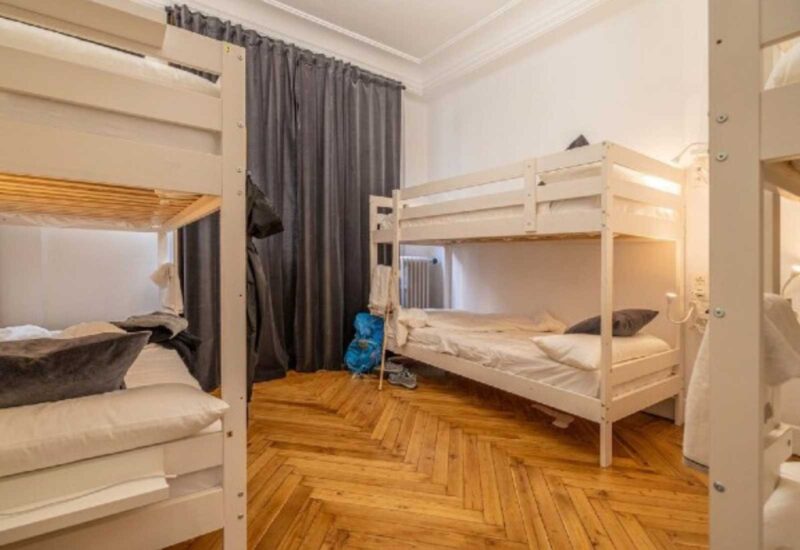
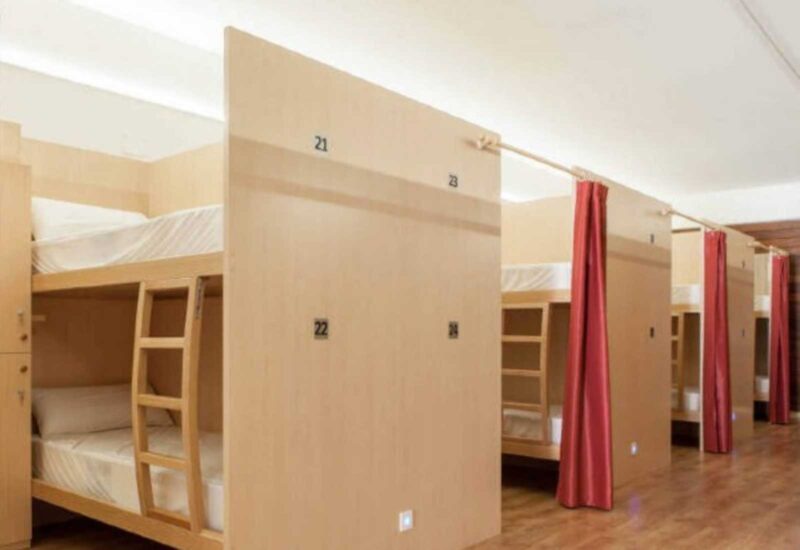

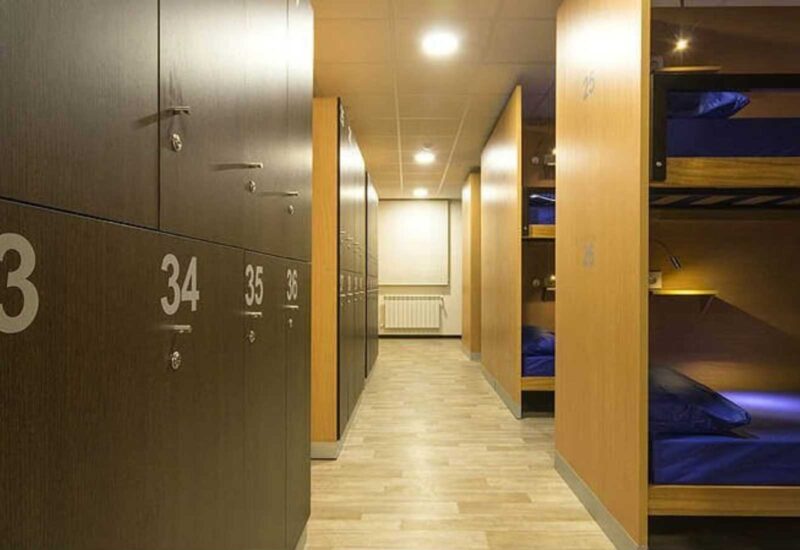
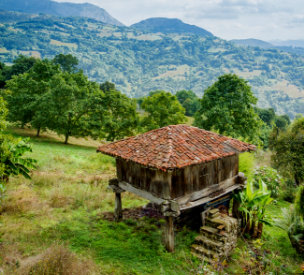
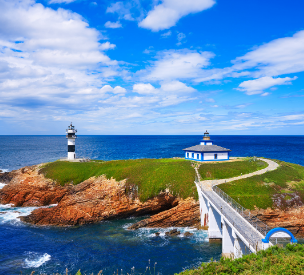
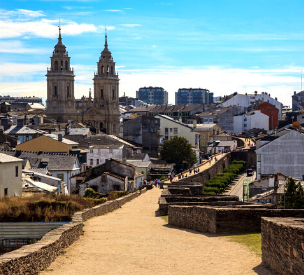
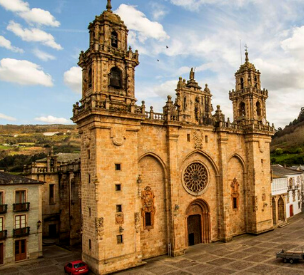
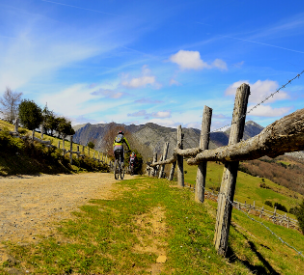


Reviews
There are no reviews yet.